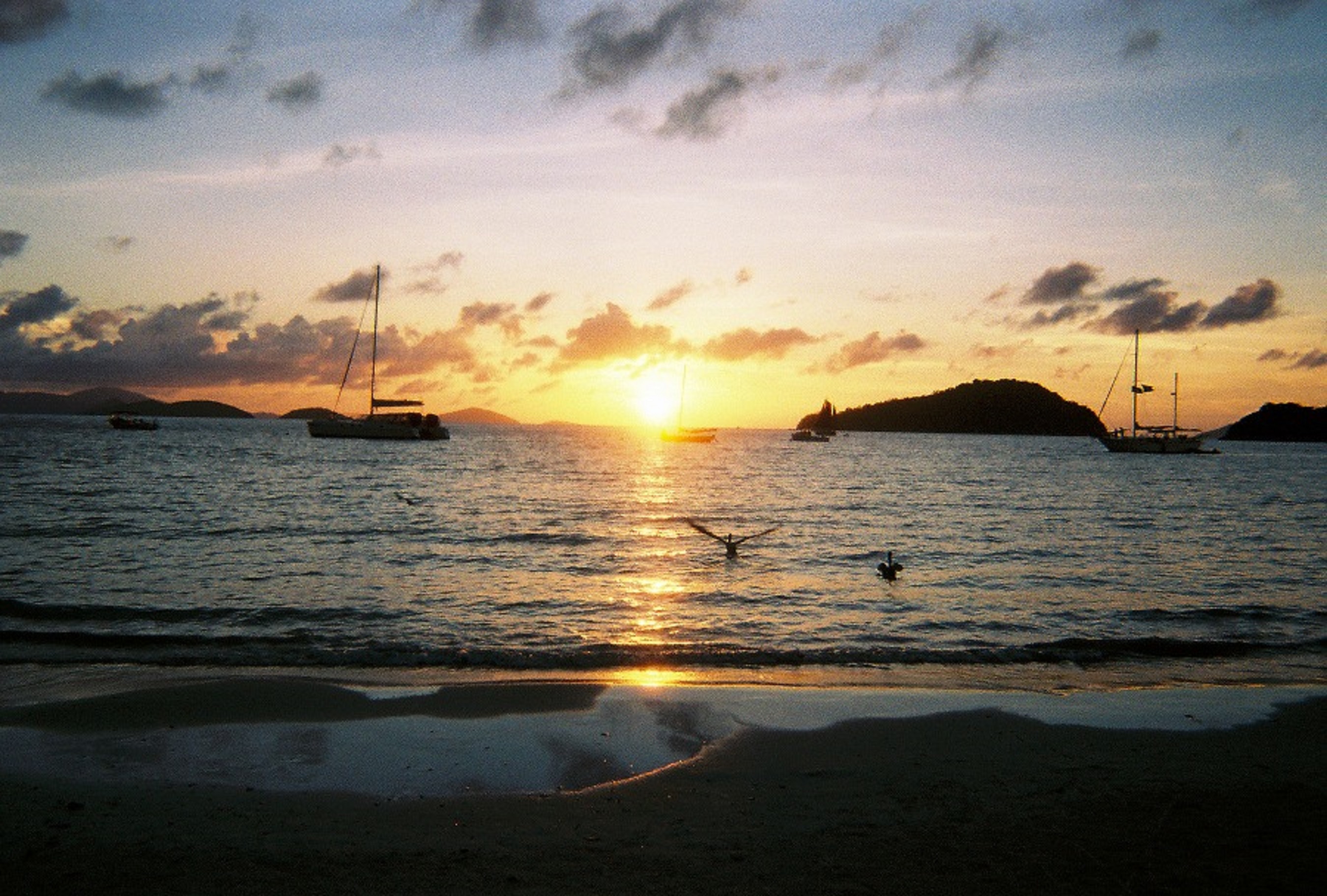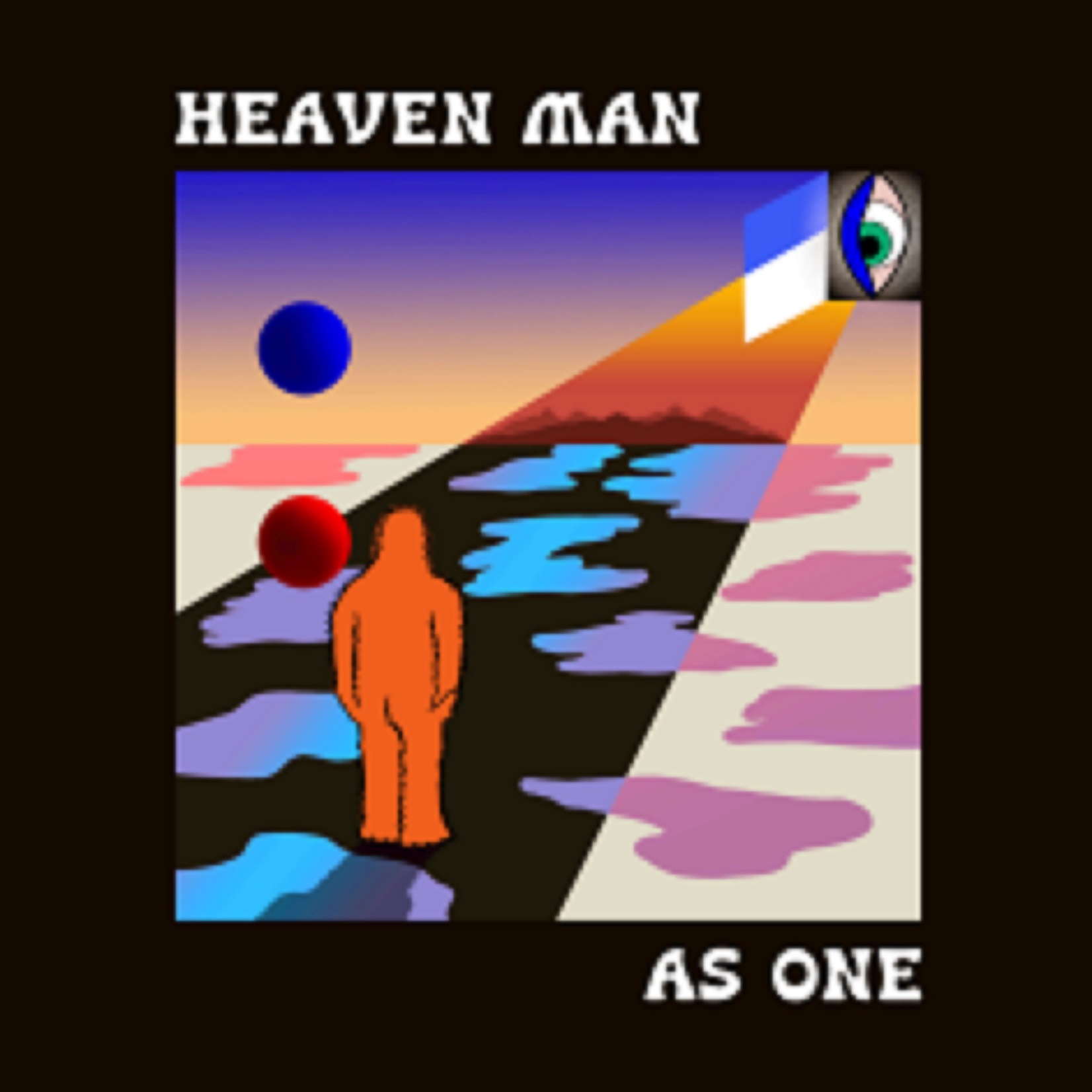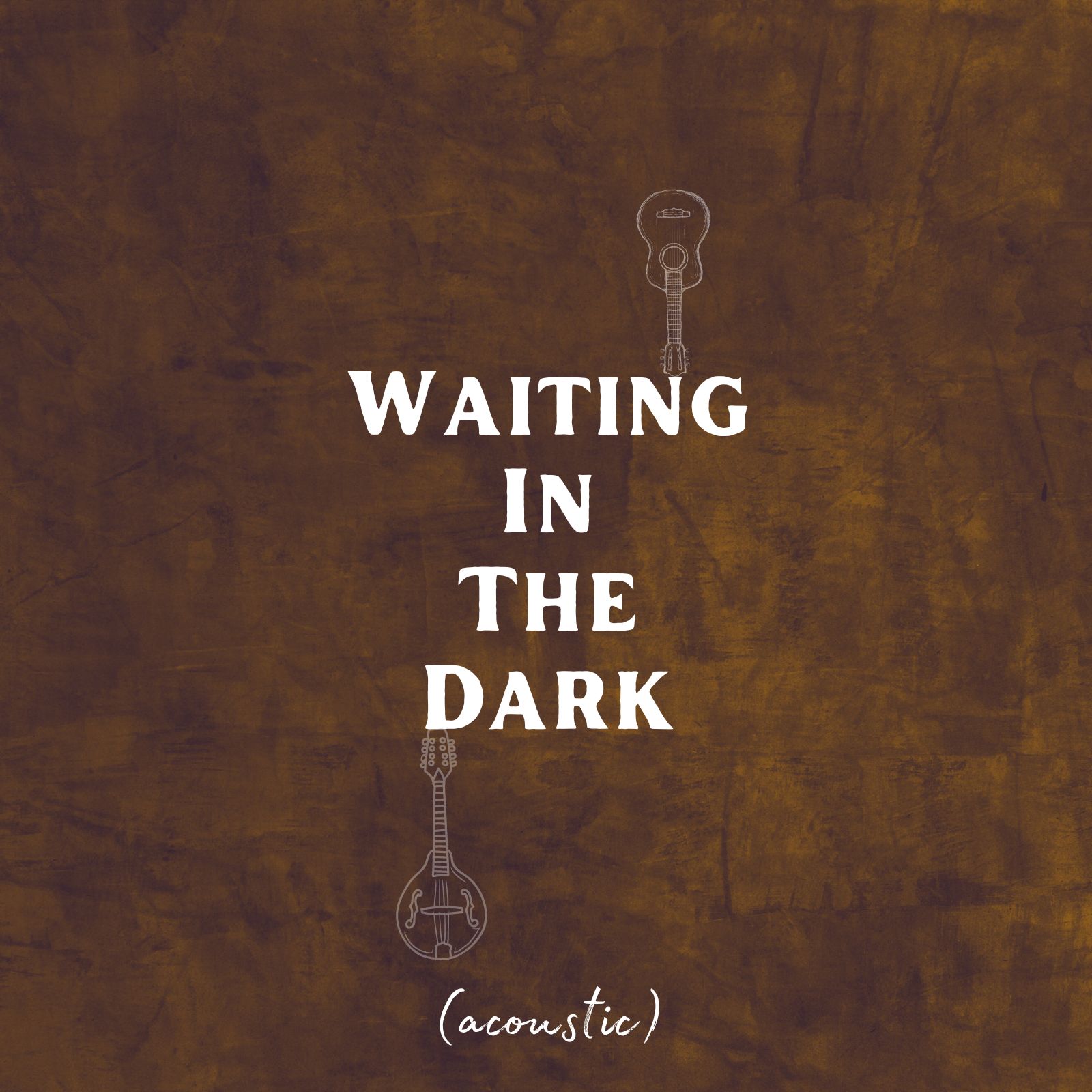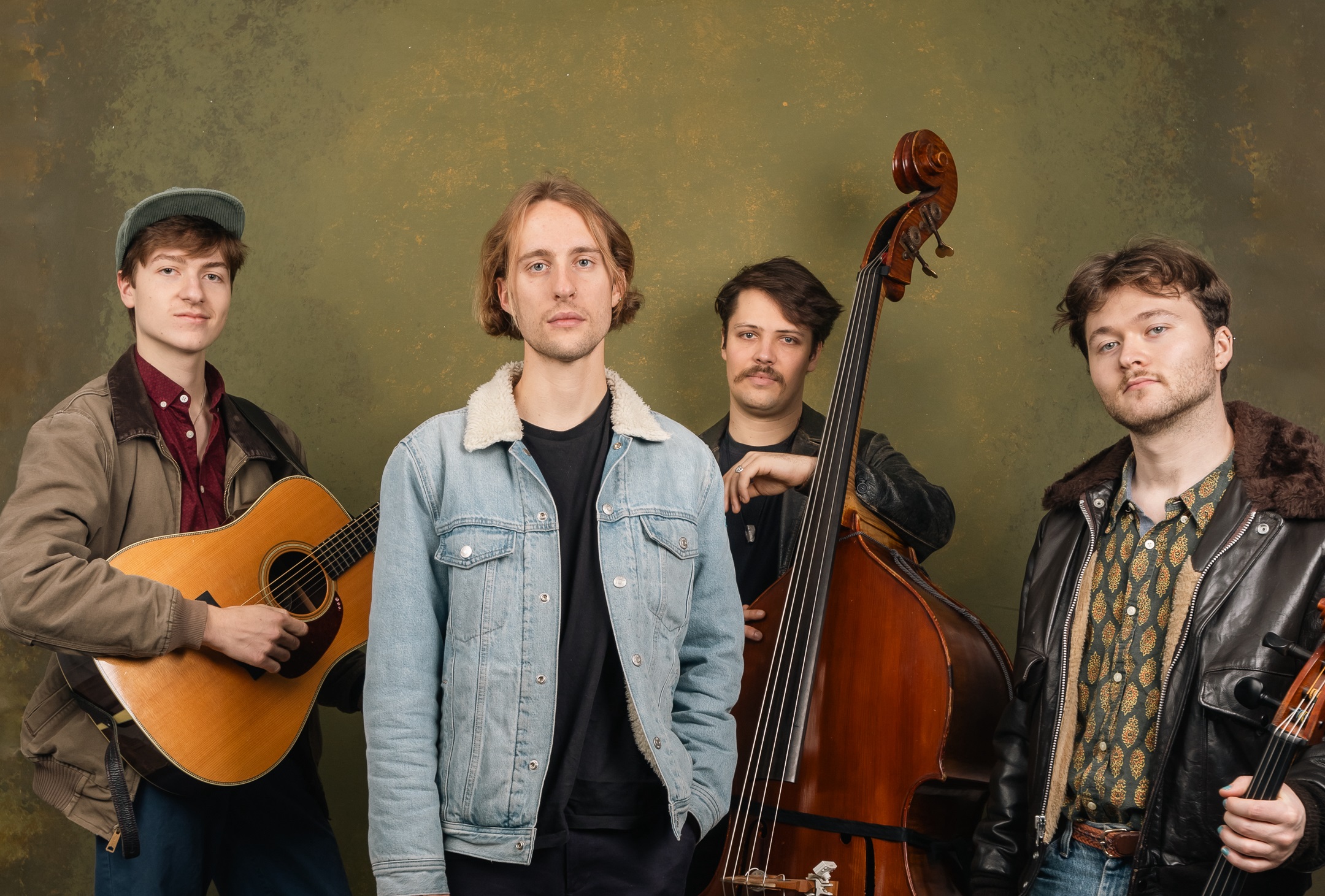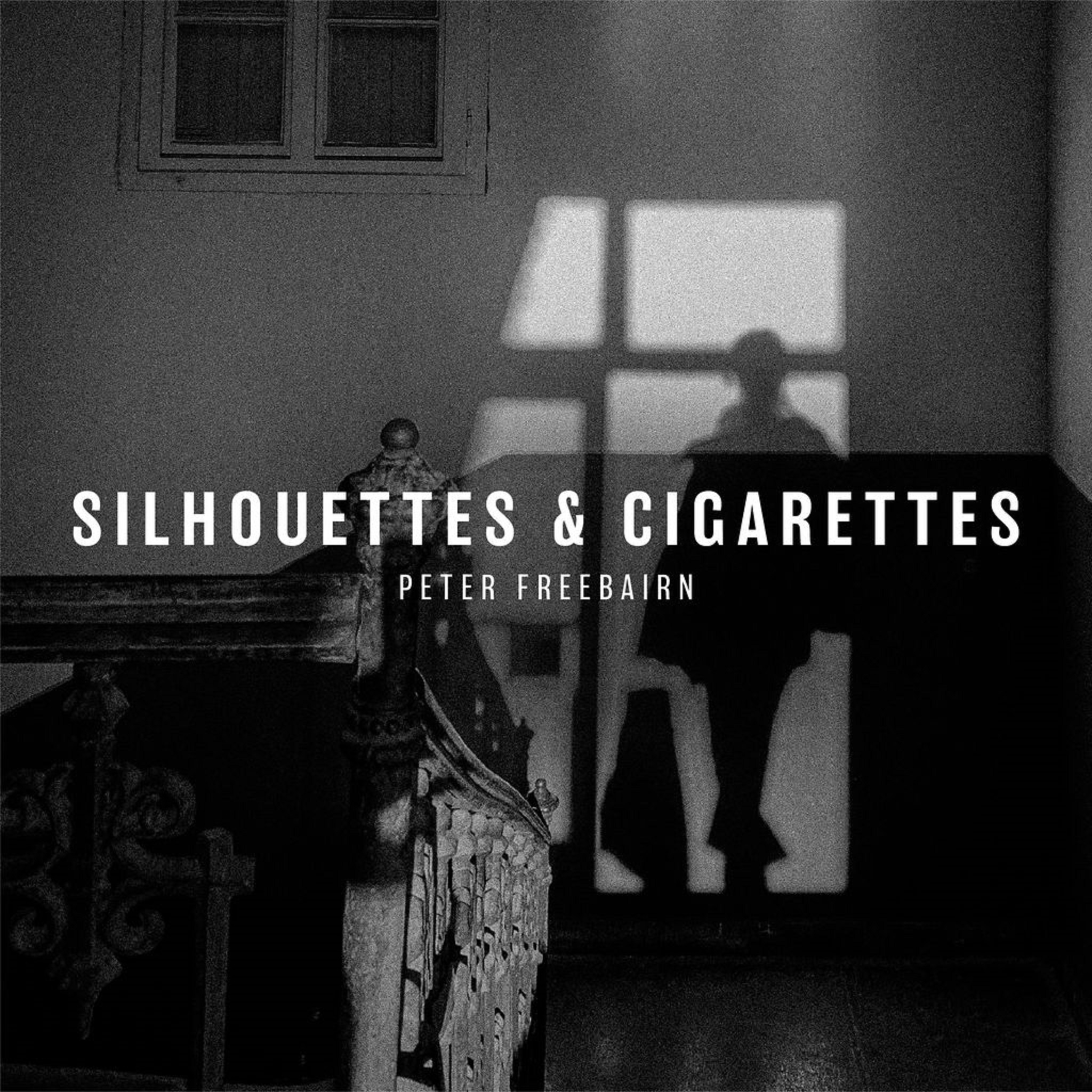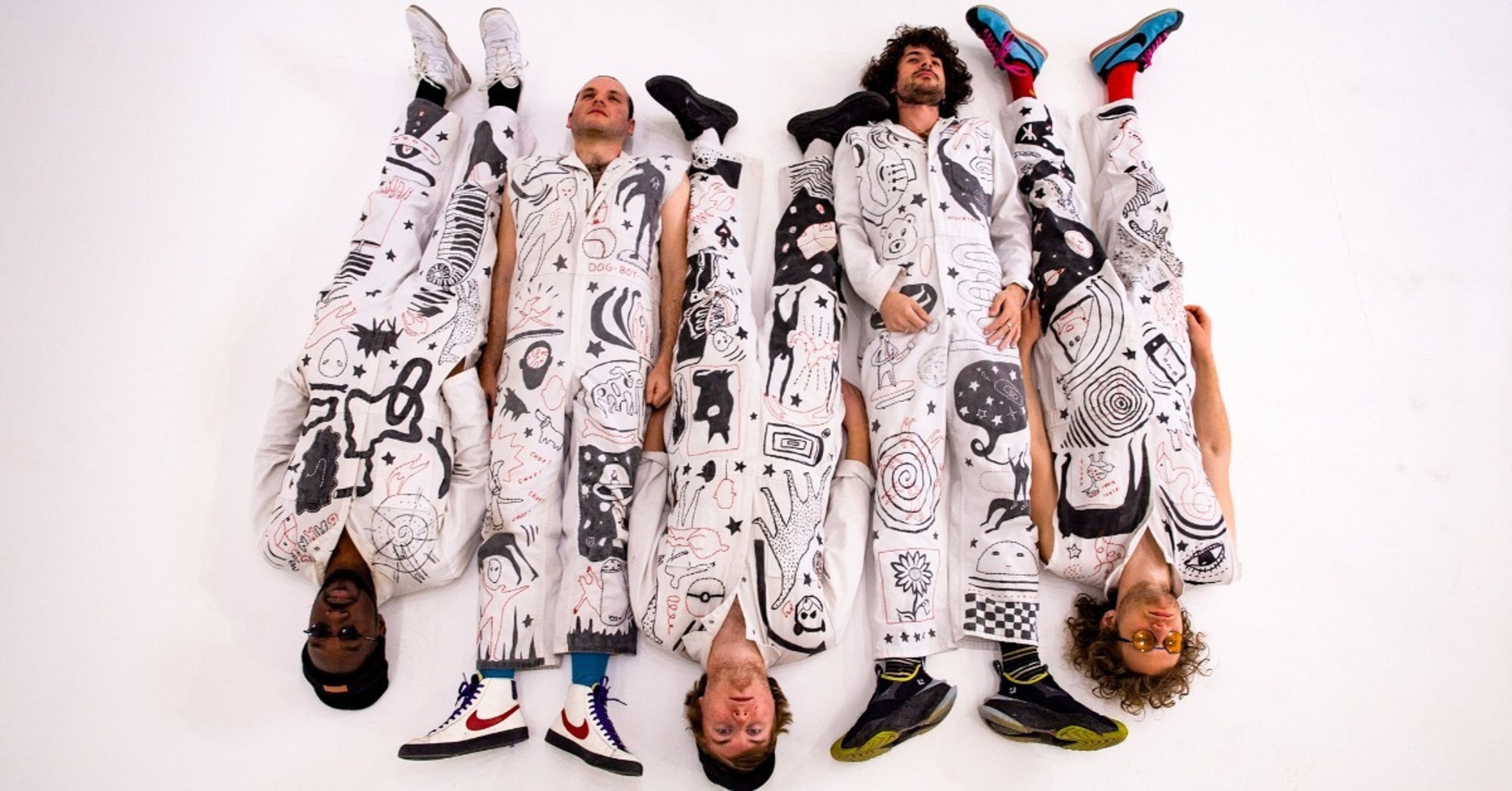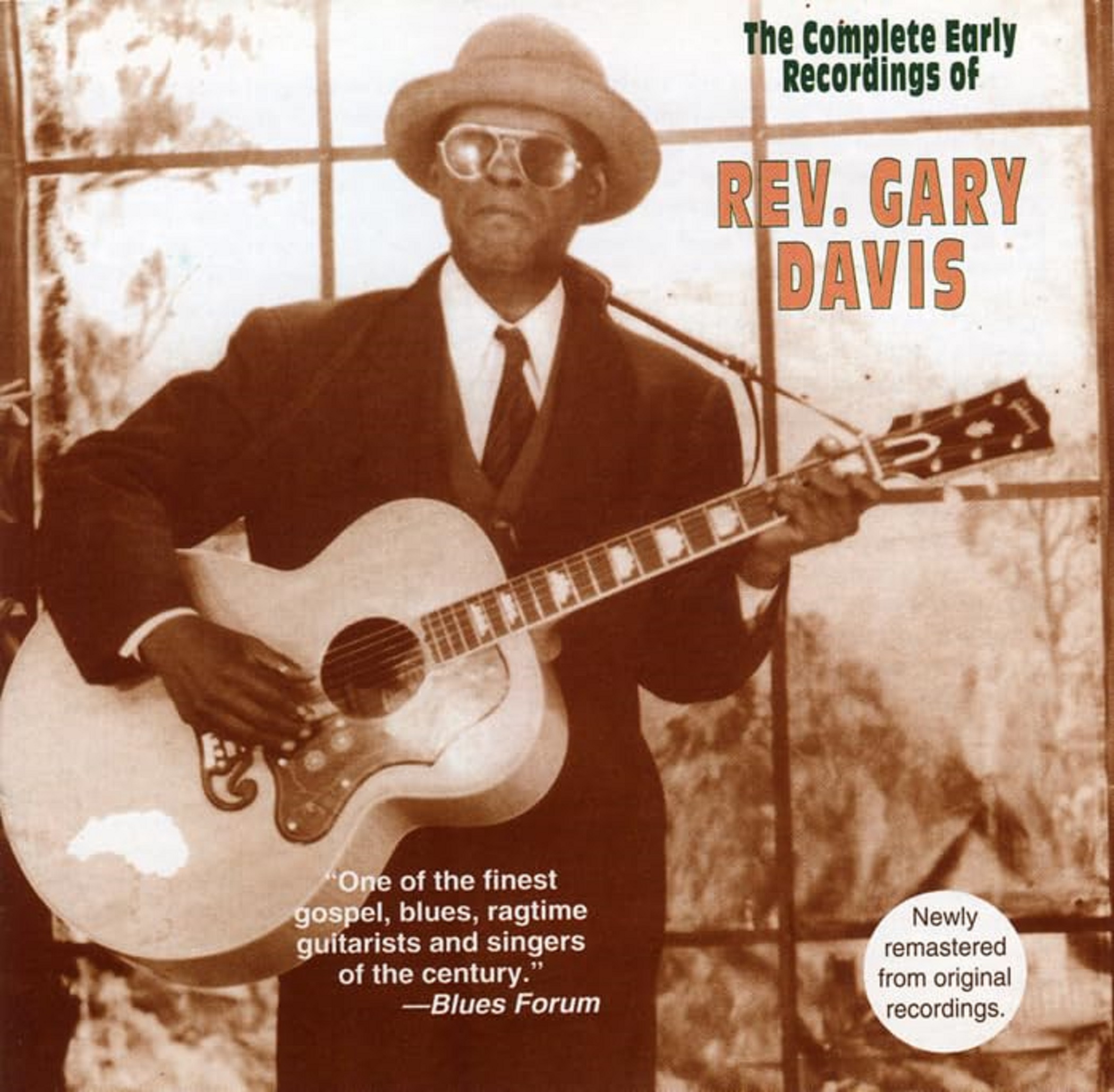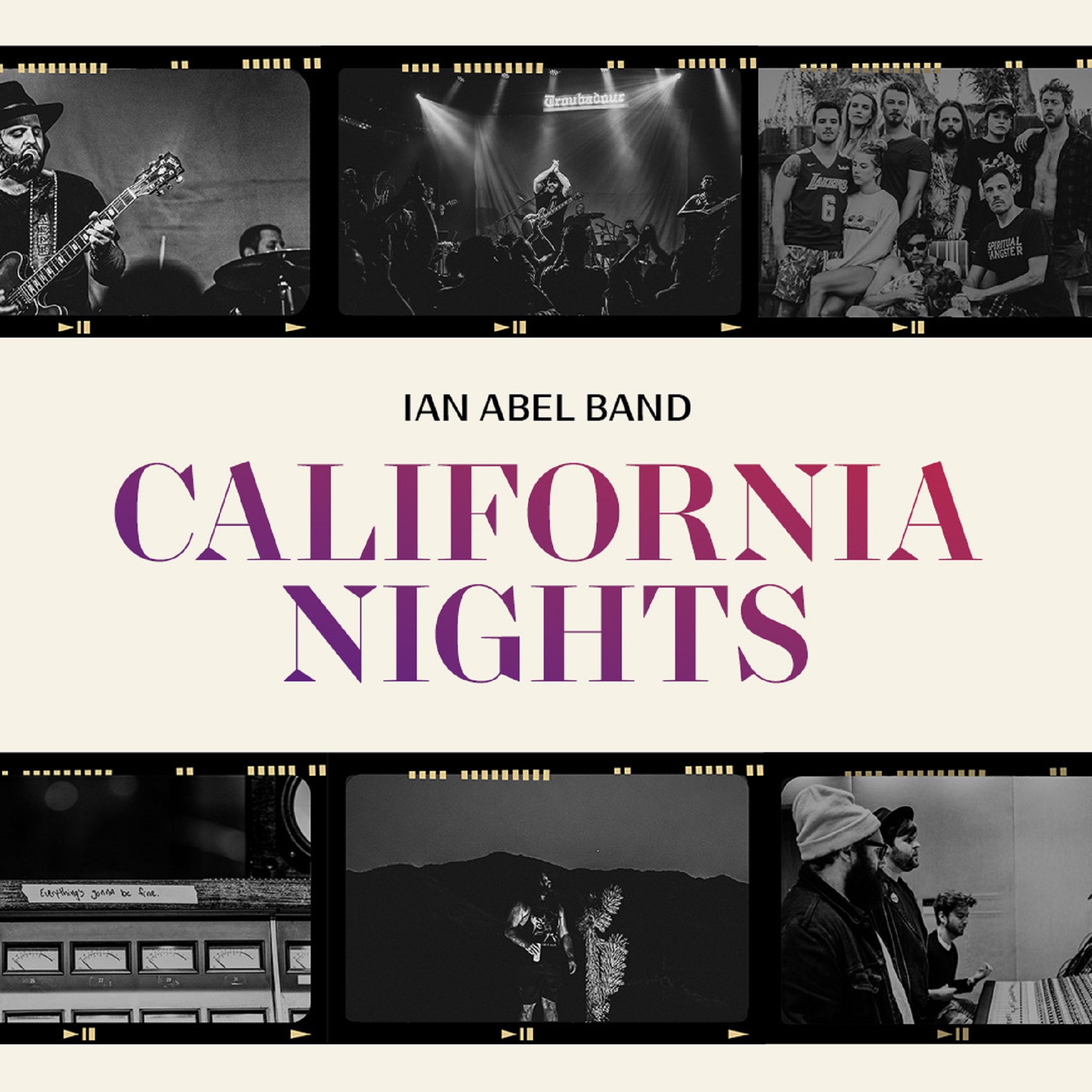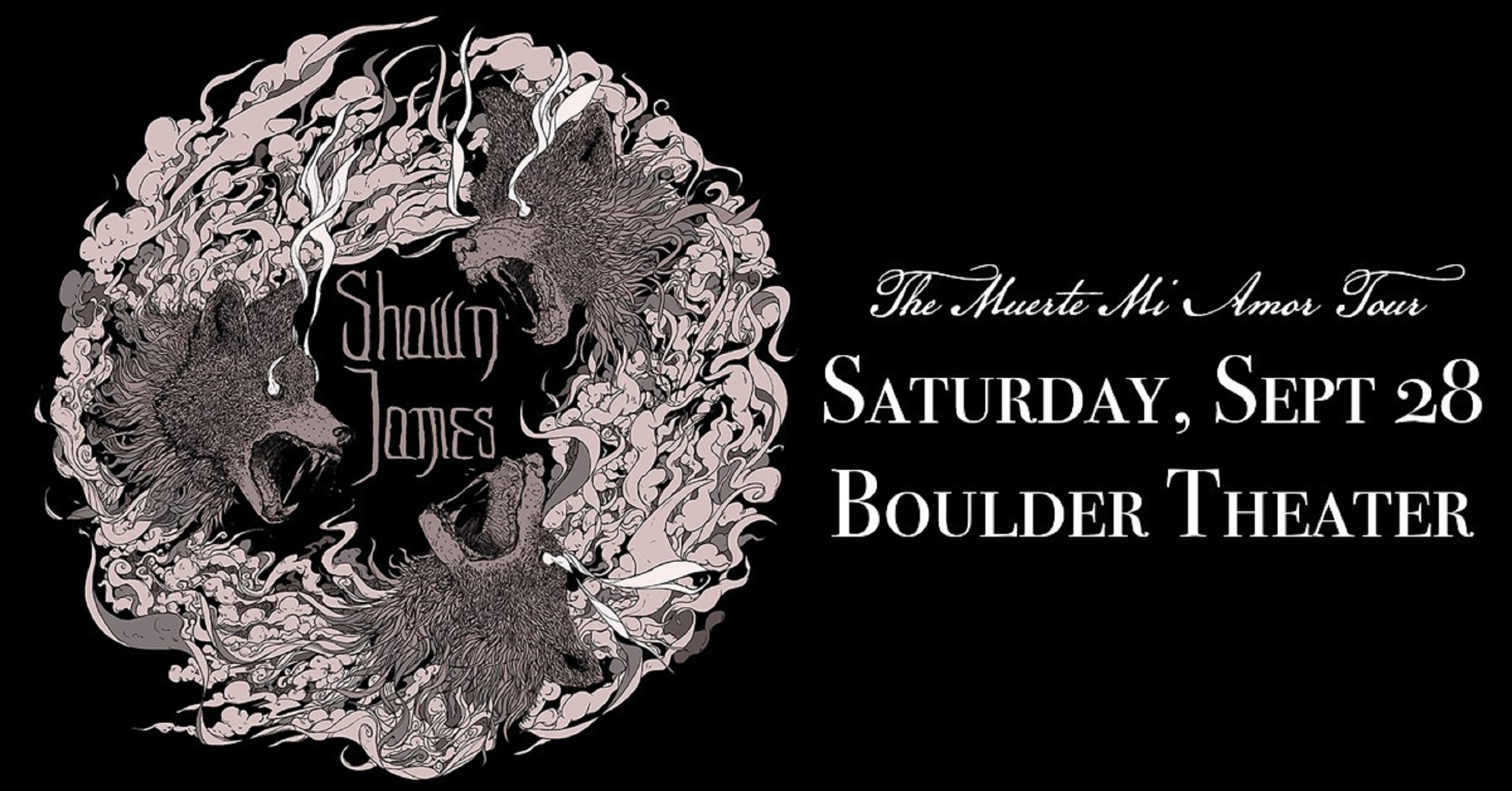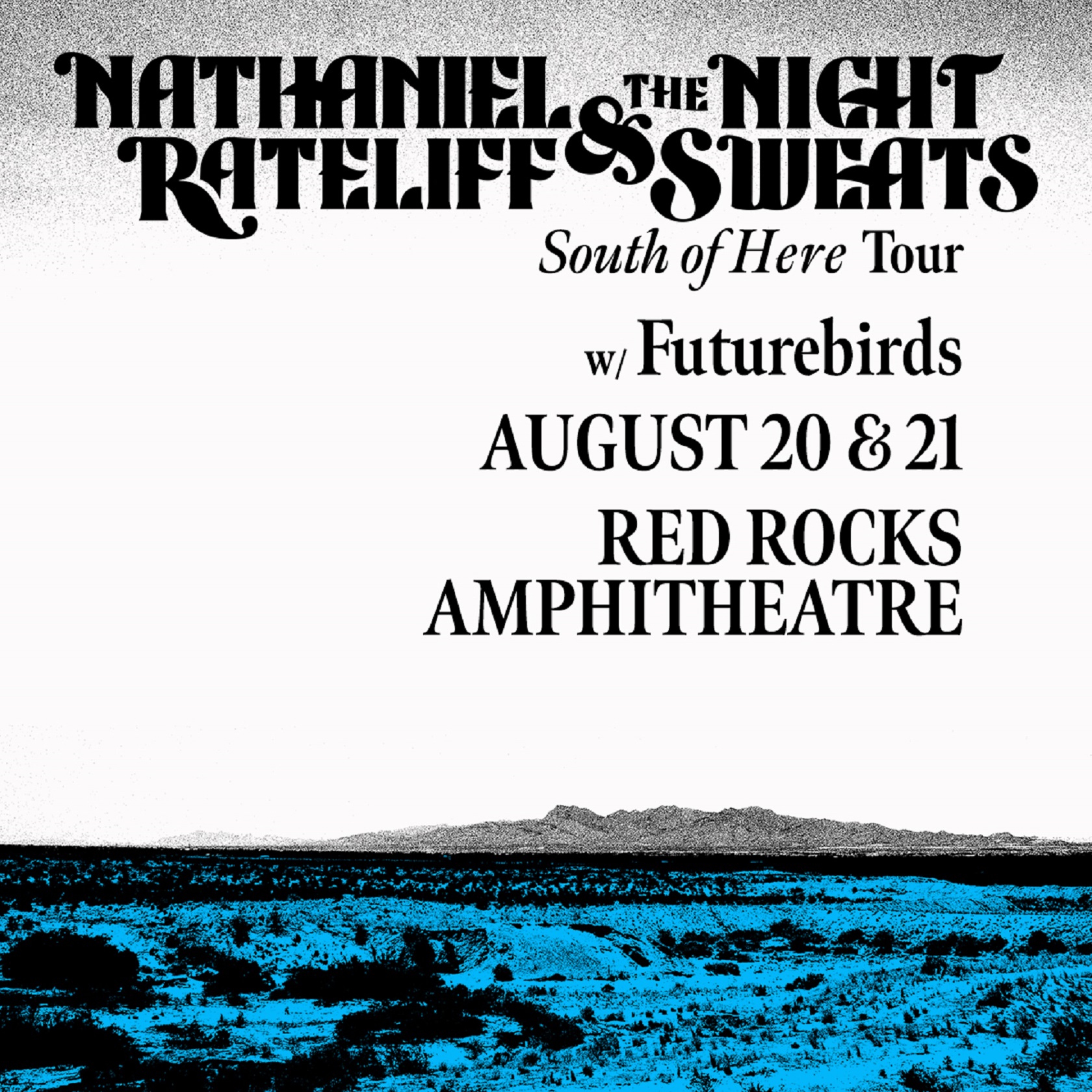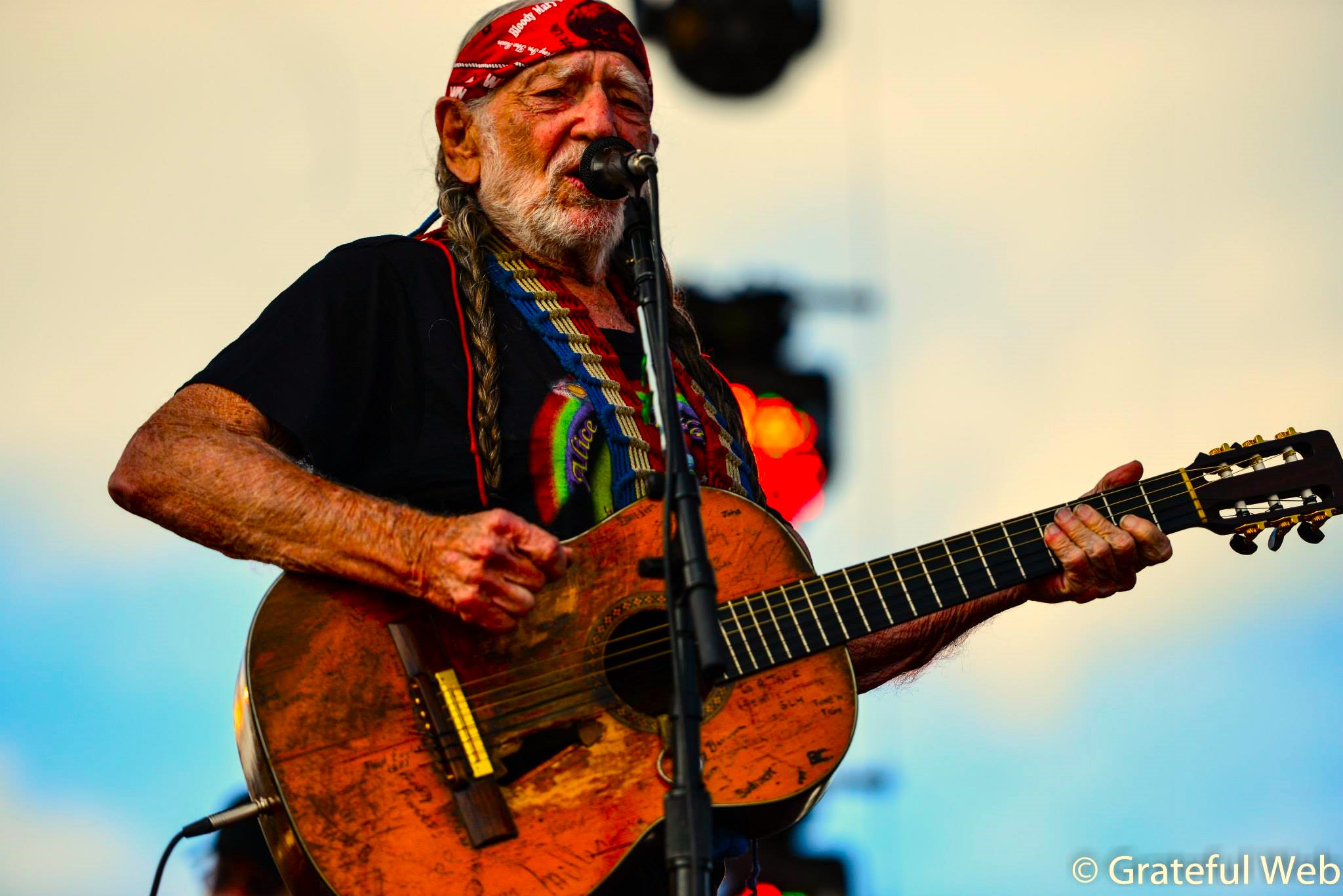In 1917, the United States of America bought the Virgin Islands from Denmark for twenty-five million dollars, acquiring such unique island gems as St. Croix, St. Thomas, and St. John. On May 16, 2005, I arrived at one of the most spectacular vacation spots in the world, Maho Bay Camps, on the island of St. John and lived an enlightening week of low-impact vacationing and high-impact wonder.
For the two previous months, I had lived and worked in Las Vegas, experiencing high-impact wonders of a different kind that ranged anywhere from glamorous casinos to drunken nights of debauchery. And although Vegas is often hailed as one of the ultimate vacation destinations, its in-your-face wonders of gambling, sex, eating, drinking, entertainment, and constant reminders of excess are the exact things from which I desired a vacation. I think the reason that what happens in Vegas stays in Vegas is mostly because of shame. I needed to clear my conscience and restore my soul.
I learned about Maho from a co-worker in Vegas who grew up on the island of St. Croix and knew of a secret little vacation spot virtually unknown to the rest of world. "You should go to Maho," he said. "They have the most beautiful little tent cottages on the side of a hill overlooking a sparkling blue bay. It's a kind of eco-tourism." Eco-tourism? I had to check this out. I went to their website, www.maho.org, and fell in love. I booked a cottage for one, bought an airline ticket, and could barely contain my excitement.
Because of Maho's relative distance from the common conveniences people experience in the States, I had to pack in all of my own food for a seven-day and six-night excursion in a backpack. But Maho Bay Camps does have its own restaurant, and I intended to take in an evening meal there during my week long stay.
So I departed Denver, Colorado, and after two three-hour-flights, a crazy taxi-ride, and a Dramamine worthy ferry-ride, I made it to St. John. The taxis on the island of St. John are these wonderful open-air contraptions of covered benches welded onto the beds of average pick-up trucks, and it was a line of these vehicles I found myself walking toward when I spotted a sign that said, 'Maho Bay Camps.' Bingo! I approached the taxi driver and told him my destination. "Are you from Colorado?" he asked. "Uh yeah, I am," I said. How did he know that? "Then come with me," he said. I jumped onto a bench in his taxi, joining a group of college-age students I recognized from the flight and the ferry ride.
The drive to camp was refreshingly humid after spending so much time in the dry air of Vegas, and the vistas at every turn set off flashbulbs throughout the riders around me, both literally and figuratively. When the taxi dropped us off at the end of a muddy lane, the wooden boardwalks of the camp stretched around us like a maze through the dense jungle of the hillside. As I walked toward the registration desk, I caught sight of a marker board underneath the awning that read, "Welcome CSU! Go Rams!" I was hornswoggled. That's why the taxi driver thought I was from Colorado; Colorado State University was holding a class at Maho
Colorado State University holds a class here every summer for twenty-five students, and for a very reasonable fee, they get three credits for a course, attend class five hours a day, and with included breakfasts and dinners and time to chill on the beach, it is an opportunity hard to pass up. Maho is studied as a form of sustainable building. Parts of the camp run on solar energy; wells are used to trap rainwater for camp use; and it has a very low impact on its surroundings. Cheers and hats off to CSU for providing their students with such a suburban-busting experience.
Maho has a general store where you can buy food, drinks, camping essentials, and souvenirs. One of their souvenir t-shirts reads, "I survived the steps of Maho." Don't underestimate the statement of this shirt. Maho Bay Camps is 114 tent-cottages connected by a series of boardwalks and stairways that not only make it easier to traverse the hillside, but it keeps everyone's heavy feet from trampling the wonderful jungle foliage. Next to the registration desk I found one of two potable water sources that provide the entire camp with drinking water, and it was from there that I counted the number of steps to my tent-cottage: 85. It was 85 stair-steps from cottage number D-7 to fresh water. Turning a right at the registration desk, and moving along 23 more steps, led me to the communal restrooms outfitted with cold-water showers and waterless urinals.
So this was how Maho worked. In many places on the boardwalks you find recycling bins and this practice is heavily encouraged since Maho follows the three tenets of Reduce, Reuse, and Recycle. Even the Maho glass blowers use old beer bottles left over by the campers. The environmental friendliness meant no indoor plumbing or running water for the individual cottages, which all hung inside this untouched, extremely dense jungle with a population of geckos and chameleons that ran into the millions.
After lugging my small suitcase and backpack of food down the boardwalk and up the stairs, I found the inside of D-7 happily accommodating. Inside the cottage I discovered: twin beds, a couch, a table, four chairs, shelves, an ice chest (ice available in blocks and bags at the store), Coleman stove, a plastic bin for storage, four electric lights, four 110-volt outlets, a broom and dustpan, a mirror, a patio, and even window treatments, plus a spare bed behind the couch, a fire extinguisher, a small Tupperware tub, a set of silverware, pots and pans, can opener, wine bottle opener, colander, blue jug for drinking water, a book of matches and an ashtray (but you are supposed to smoke in the designated smoking area near the taxi stand), a shelf with a door you can padlock, a 5-gallon bucket for trash, propane tank for the stove, a fan, a reading lamp to clamp above your bed or wherever, two tubs for doing dishes, plus a sponge, dish-towel, dish rack, cutting board, coffee brewing basket with a Ziploc bag of coffee filters, a bottle of bio-degradable dish soap in a reused plastic sports-drink bottle, and a clothesline on the patio-deck.
Things you should bring with you: a flashlight, bug spray, bug spray, bug spray, your own food, sunscreen, quarters for the washing machine and dryer (they provide bio-degradable laundry detergent), and since you can do laundry, pack lightly! (remember: stairs and heavy suitcases don't mix), a water bottle, sandals, hiking shoes, shorts, swim trunks, cash for taxis, shuttles and ferries, beach towel, medication, socks, soap, shampoo, camera, no pets, no stereos and a tremendous sense of adventure. This place was nothing like a Vegas Vacation, and I loved it!
After unpacking everything and settling into these refreshingly simply environs, I traveled along Route 85 (count the steps) with my blue water jug in hand for some refreshing agua, and as I made my way along the steps barefoot, it began to rain. Little placards all over the steps and handrails remind you that walkways are slippery when wet, as I would soon find out. Apparently the island of St. John had been experiencing near drought conditions before I arrived. And what was about to become very apparent to me, over the next few days, was that I would be experiencing the break in that drought.
The first morning I woke up and began exploring the area, barefoot. I walked most of the wooden walkways, which is an experience in itself because all of the geckos scatter in front of you on the walkways and on the handrails. It's like watching horses shoot out of the gate at a thoroughbred race. I stepped down to one of the private beaches. Everyone you see on the beach you have previously seen either on the flight out, on one of the taxi rides or on the ferry. The water is perfectly clear and the sand is brilliant. Lots of people here snorkel and scuba dive, but without any of that gear you can still walk through the water and watch schools of fish break around your knees. When I looked out to sea, I could barely make out Kayak paddles high in the air, reaching toward the clouds around the green mountains in the bay.
One of the things I noticed about the Virgin Islands is that the air doesn't have that briny quality where the smell of fish hangs in the air and you always notice the distinct odor of being near the ocean. The air always smells clean, as if it were new. And the heavy humidity clings to everything and pushes straight through your clothes.
There is a public beach nearby on the other side of an outcropping of volcanic rock. So I went hiking across a quarter-mile stretch of black, crustacean-encrusted, volcanic rock. I was amazed at how bare feet afford great traction on sharp rock. I picked up pieces of old coral and small pieces of volcanic rock that looked like they would be great for polishing. My own island jackpot, so to speak.
On Tuesday night, marine biologist Jeff Miller gave a presentation on the coral reefs that live in the Caribbean and I was excited to see his slideshow. I left my tent and headed toward the restaurant pavilion where all of the evening presentations take place, and being that I was in a nascent vacation mood, I headed down the boardwalk at quite a clip. And then, of course, it started raining. Right at the point where the boardwalk lies twenty-feet below the pavilion before turning up the steps to the restaurant, my bare right-foot hit one of those spots that the "Slippery When Wet" signs warn about, and I shot into the air, feet first. I landed with a wet slap on the exposed wood and my left-leg skidded across, thigh first, underneath the bottom step straight into the muddy ground below. I looked up to see a gathering of on-lookers, jaws wide open in amazement at seeing what potentially could have been one of America's funniest home videos. "Are you alright," they seemed to shout in unison. "Yep, not the first time!" I shouted, and laughed out loud to play it off.
When I woke on Wednesday morning, it was raining and for some reason I let this stop me in my initial quest for adventure. I only trekked out of D-7 to go to the bathroom where I found some wonderfully befitting graffiti inside the stall. A careful artist had sketched a beautiful and well-endowed mermaid looking forlornly at a hook and fishing-line dangling above her head where the caption read: "So many mermaids, so little line." So true in so many ways, I thought.
My fresh wounds still looked a little red, so I went to the camp store and paid seventy-five cents for a small towlette of iodine to medicate the reddening wound on my thigh and ankle of my left leg. As I wiped the wound and watched the red antiseptic turn yellow on my skin, it brought about a very vivid memory from elementary school. Whenever a kid injured himself on the playground, the teachers would apply this same ointment, but for some unknown reason we called this stuff Monkey's Blood. It somehow lent a magic to the medicine that made it more powerful.
2:30 P.M. rolled around and I couldn't sit inside D-7 anymore, so I decided to take a hike over to the historic Annaberg ruins. The remnants of a once thriving sugar mill, Annaberg looks out over the clear blue waters of Leinster Bay where you can see all the way to the bottom while standing all the way up top.
As I left to walk the Leinster Bay trail, I passed the taxi driver who drove me to camp, and out of a need for conversation, I asked him when he thought it was going to stop raining. He said, "When someone climbs up there and patches up the sky," and he looked up. "That's when it'll stop raining."
The hike started out on a very steep, muddy lane narrow enough for one car to pass. One thing to note here is that driving is done on the left side of the road, as it is in most Caribbean Islands and on Bermuda, but there was no left or right when it came to which side one drove on concerning this particular lane. Sweat quickly flowed as high walls of foliage and strange sounds flanked my path. Not once did I stop to smell the flowers. I instead stopped to check amazing spider webs; creatures I'd never seen before crawling out of holes; dense jungle with thin narrow trees whose tall trunks looked like upside down forks and gnarled bones. I couldn't tell if the trees were growing up or down or even sideways. One of them had a gigantic brown growth in the middle of it.
Then I encountered a striking curiosity: a big red sign on green posts with letters painted in white:
"WARNING! MANCHINEEL TREE
The leaves, bark, and fruits of these trees contain a caustic sap, which may be injurious if touched. Columbus described the small green fruits as 'death apples.' The trees are common along Caribbean shores. Avoid contact with any part of this tree. "
It turns out there are actually only two left on the entire island. No worries.
The ruins came into sight and I explored them to my heart's content, steering clear of the feral donkeys that still hang around, no longer used as beasts of burden. I snapped a few shots of them with a disposable camera and headed back to camp.
As it turns out, the rain had no intention of letting up. For three nights I watched dark storm clouds roll into the bay. They would encircle the smaller, distant islands and cays like some mystical shroud, leaving the green tops exposed as a head above water. And then the rain would come, lightning-fast and hard, beating ceaselessly against the cottage's vinyl roof late into the night.
The clouds could be as blue as the water sometimes, and sometimes the water could look as green as the trees. But it always sounded the same, the waves lapping at the shore again and again, as it was before I got here and as it will be after I leave.
When it grew dark, you could see the lights of boats moored offshore, gently rocking in the surf, safe from the choppy and sometimes high waves of the open Caribbean. I would sit and think to myself. I don't even know the names of most of the trees I see, or even the creatures I don't see. These unnamed natives sound like any other forest creature, but sometimes the cacophony is punctuated by a sound new to my ear, a cooing or a loud shrill, sometimes fearful to behold and other times purely enigmatic. It all comes together to lull one to sleep after a long day in paradise.
This night I watched a gecko run up and down my patio screen, feasting on moths and gnats. One by one, he would take them down and thoughtfully chew until finally full, he lethargically meandered over to the patio railing to rest while his belly worked over the evening spoil. Soon the gecko wasn't alone. Apparently word had spread throughout the gecko-world that D-7 was the place to dine this evening, with an irresistible menu of moth-du-jour as the main course and gnat-brulée for dessert. When the geckos would come around a corner with their tongues flicking out, it looked like they were saying, "Yep, yep." The rain started coming down even harder, and the geckos that had yet to get their fill from the evening hunt on the screen door, scurried off into the surrounding darkness. Part of me wanted to go with them.
The sounds of the nightlife grow louder when it rains. The tree frogs must be singing some sort of praise, thankful for an end to all of those dry days. I am partly thankful for the rain because it momentarily drives all of the biting insects away to give me a break from their constant nagging for John Flesh. Inside the tent, I had to move the evening activities from the table to the bed because sometimes the wind would blow just right, causing all of the rain (not just some - but all) to pour in directly through the screens and onto me. I suppose I could have drawn the shade to solve that problem, but it only went halfway down the door, thus resulting in soaked legs, one of which was still recovering from Tuesday night's 'mishap.'
This hard rain has started exposing the various nefarious leaks of my tent cottage, but it is nothing serious. Upon further inspection, I can see caulking where previous leaks obviously had sprung to life around corners and exposed nails and all along the warped two-by-fours.
After spending the day bathed in bug spray, I hiked down the 108 to the communal showers behind registration. Two things about the showers here at Maho: number one, they are cold, and number two, you don't just turn them on and let the water run. You operate the shower by pulling down on a rope, and to tell you the truth, cold showers aren't bad. Here's the trick: point the shower head away from you. Pull on the rope so the cold water splashes you a bit, so as you and the water get to know each other, then quickly shove your head in and get it all wet. Lather and rinse. Repeat if necessary. Now your head is acclimated. Pull the rope again and slowly introduce each arm and leg, then lather. By now you are covered in soap, and since you are more interested in removing the suds now, the water doesn't feel so cold, and you are clean as a whistle
In 1917, the United States of America bought the Virgin Islands from Denmark for twenty-five million dollars, acquiring such unique island gems as St. Croix, St. Thomas, and St. John. On May 16, 2005, I arrived at one of the most spectacular vacation spots in the world, Maho Bay Camps, on the island of St. John and lived an enlightening week of low-impact vacationing and high-impact wonder.
For the two previous months, I had lived and worked in Las Vegas, experiencing high-impact wonders of a different kind that ranged anywhere from glamorous casinos to drunken nights of debauchery. And although Vegas is often hailed as one of the ultimate vacation destinations, its in-your-face wonders of gambling, sex, eating, drinking, entertainment, and constant reminders of excess are the exact things from which I desired a vacation. I think the reason that what happens in Vegas stays in Vegas is mostly because of shame. I needed to clear my conscience and restore my soul.
I learned about Maho from a co-worker in Vegas who grew up on the island of St. Croix and knew of a secret little vacation spot virtually unknown to the rest of world. "You should go to Maho," he said. "They have the most beautiful little tent cottages on the side of a hill overlooking a sparkling blue bay. It's a kind of eco-tourism." Eco-tourism? I had to check this out. I went to their website, www.maho.org, and fell in love. I booked a cottage for one, bought an airline ticket, and could barely contain my excitement.
Because of Maho's relative distance from the common conveniences people experience in the States, I had to pack in all of my own food for a seven-day and six-night excursion in a backpack. But Maho Bay Camps does have its own restaurant, and I intended to take in an evening meal there during my week long stay.
So I departed Denver, Colorado, and after two three-hour-flights, a crazy taxi-ride, and a Dramamine worthy ferry-ride, I made it to St. John. The taxis on the island of St. John are these wonderful open-air contraptions of covered benches welded onto the beds of average pick-up trucks, and it was a line of these vehicles I found myself walking toward when I spotted a sign that said, 'Maho Bay Camps.' Bingo! I approached the taxi driver and told him my destination. "Are you from Colorado?" he asked. "Uh yeah, I am," I said. How did he know that? "Then come with me," he said. I jumped onto a bench in his taxi, joining a group of college-age students I recognized from the flight and the ferry ride.
The drive to camp was refreshingly humid after spending so much time in the dry air of Vegas, and the vistas at every turn set off flashbulbs throughout the riders around me, both literally and figuratively. When the taxi dropped us off at the end of a muddy lane, the wooden boardwalks of the camp stretched around us like a maze through the dense jungle of the hillside. As I walked toward the registration desk, I caught sight of a marker board underneath the awning that read, "Welcome CSU! Go Rams!" I was hornswoggled. That's why the taxi driver thought I was from Colorado; Colorado State University was holding a class at Maho
Colorado State University holds a class here every summer for twenty-five students, and for a very reasonable fee, they get three credits for a course, attend class five hours a day, and with included breakfasts and dinners and time to chill on the beach, it is an opportunity hard to pass up. Maho is studied as a form of sustainable building. Parts of the camp run on solar energy; wells are used to trap rainwater for camp use; and it has a very low impact on its surroundings. Cheers and hats off to CSU for providing their students with such a suburban-busting experience.
Maho has a general store where you can buy food, drinks, camping essentials, and souvenirs. One of their souvenir t-shirts reads, "I survived the steps of Maho." Don't underestimate the statement of this shirt. Maho Bay Camps is 114 tent-cottages connected by a series of boardwalks and stairways that not only make it easier to traverse the hillside, but it keeps everyone's heavy feet from trampling the wonderful jungle foliage. Next to the registration desk I found one of two potable water sources that provide the entire camp with drinking water, and it was from there that I counted the number of steps to my tent-cottage: 85. It was 85 stair-steps from cottage number D-7 to fresh water. Turning a right at the registration desk, and moving along 23 more steps, led me to the communal restrooms outfitted with cold-water showers and waterless urinals.
So this was how Maho worked. In many places on the boardwalks you find recycling bins and this practice is heavily encouraged since Maho follows the three tenets of Reduce, Reuse, and Recycle. Even the Maho glass blowers use old beer bottles left over by the campers. The environmental friendliness meant no indoor plumbing or running water for the individual cottages, which all hung inside this untouched, extremely dense jungle with a population of geckos and chameleons that ran into the millions.
After lugging my small suitcase and backpack of food down the boardwalk and up the stairs, I found the inside of D-7 happily accommodating. Inside the cottage I discovered: twin beds, a couch, a table, four chairs, shelves, an ice chest (ice available in blocks and bags at the store), Coleman stove, a plastic bin for storage, four electric lights, four 110-volt outlets, a broom and dustpan, a mirror, a patio, and even window treatments, plus a spare bed behind the couch, a fire extinguisher, a small Tupperware tub, a set of silverware, pots and pans, can opener, wine bottle opener, colander, blue jug for drinking water, a book of matches and an ashtray (but you are supposed to smoke in the designated smoking area near the taxi stand), a shelf with a door you can padlock, a 5-gallon bucket for trash, propane tank for the stove, a fan, a reading lamp to clamp above your bed or wherever, two tubs for doing dishes, plus a sponge, dish-towel, dish rack, cutting board, coffee brewing basket with a Ziploc bag of coffee filters, a bottle of bio-degradable dish soap in a reused plastic sports-drink bottle, and a clothesline on the patio-deck.
Things you should bring with you: a flashlight, bug spray, bug spray, bug spray, your own food, sunscreen, quarters for the washing machine and dryer (they provide bio-degradable laundry detergent), and since you can do laundry, pack lightly! (remember: stairs and heavy suitcases don't mix), a water bottle, sandals, hiking shoes, shorts, swim trunks, cash for taxis, shuttles and ferries, beach towel, medication, socks, soap, shampoo, camera, no pets, no stereos and a tremendous sense of adventure. This place was nothing like a Vegas Vacation, and I loved it!
After unpacking everything and settling into these refreshingly simply environs, I traveled along Route 85 (count the steps) with my blue water jug in hand for some refreshing agua, and as I made my way along the steps barefoot, it began to rain. Little placards all over the steps and handrails remind you that walkways are slippery when wet, as I would soon find out. Apparently the island of St. John had been experiencing near drought conditions before I arrived. And what was about to become very apparent to me, over the next few days, was that I would be experiencing the break in that drought.
The first morning I woke up and began exploring the area, barefoot. I walked most of the wooden walkways, which is an experience in itself because all of the geckos scatter in front of you on the walkways and on the handrails. It's like watching horses shoot out of the gate at a thoroughbred race. I stepped down to one of the private beaches. Everyone you see on the beach you have previously seen either on the flight out, on one of the taxi rides or on the ferry. The water is perfectly clear and the sand is brilliant. Lots of people here snorkel and scuba dive, but without any of that gear you can still walk through the water and watch schools of fish break around your knees. When I looked out to sea, I could barely make out Kayak paddles high in the air, reaching toward the clouds around the green mountains in the bay.
One of the things I noticed about the Virgin Islands is that the air doesn't have that briny quality where the smell of fish hangs in the air and you always notice the distinct odor of being near the ocean. The air always smells clean, as if it were new. And the heavy humidity clings to everything and pushes straight through your clothes.
There is a public beach nearby on the other side of an outcropping of volcanic rock. So I went hiking across a quarter-mile stretch of black, crustacean-encrusted, volcanic rock. I was amazed at how bare feet afford great traction on sharp rock. I picked up pieces of old coral and small pieces of volcanic rock that looked like they would be great for polishing. My own island jackpot, so to speak.
On Tuesday night, marine biologist Jeff Miller gave a presentation on the coral reefs that live in the Caribbean and I was excited to see his slideshow. I left my tent and headed toward the restaurant pavilion where all of the evening presentations take place, and being that I was in a nascent vacation mood, I headed down the boardwalk at quite a clip. And then, of course, it started raining. Right at the point where the boardwalk lies twenty-feet below the pavilion before turning up the steps to the restaurant, my bare right-foot hit one of those spots that the "Slippery When Wet" signs warn about, and I shot into the air, feet first. I landed with a wet slap on the exposed wood and my left-leg skidded across, thigh first, underneath the bottom step straight into the muddy ground below. I looked up to see a gathering of on-lookers, jaws wide open in amazement at seeing what potentially could have been one of America's funniest home videos. "Are you alright," they seemed to shout in unison. "Yep, not the first time!" I shouted, and laughed out loud to play it off.
When I woke on Wednesday morning, it was raining and for some reason I let this stop me in my initial quest for adventure. I only trekked out of D-7 to go to the bathroom where I found some wonderfully befitting graffiti inside the stall. A careful artist had sketched a beautiful and well-endowed mermaid looking forlornly at a hook and fishing-line dangling above her head where the caption read: "So many mermaids, so little line." So true in so many ways, I thought.
My fresh wounds still looked a little red, so I went to the camp store and paid seventy-five cents for a small towlette of iodine to medicate the reddening wound on my thigh and ankle of my left leg. As I wiped the wound and watched the red antiseptic turn yellow on my skin, it brought about a very vivid memory from elementary school. Whenever a kid injured himself on the playground, the teachers would apply this same ointment, but for some unknown reason we called this stuff Monkey's Blood. It somehow lent a magic to the medicine that made it more powerful.
2:30 P.M. rolled around and I couldn't sit inside D-7 anymore, so I decided to take a hike over to the historic Annaberg ruins. The remnants of a once thriving sugar mill, Annaberg looks out over the clear blue waters of Leinster Bay where you can see all the way to the bottom while standing all the way up top.
As I left to walk the Leinster Bay trail, I passed the taxi driver who drove me to camp, and out of a need for conversation, I asked him when he thought it was going to stop raining. He said, "When someone climbs up there and patches up the sky," and he looked up. "That's when it'll stop raining."
The hike started out on a very steep, muddy lane narrow enough for one car to pass. One thing to note here is that driving is done on the left side of the road, as it is in most Caribbean Islands and on Bermuda, but there was no left or right when it came to which side one drove on concerning this particular lane. Sweat quickly flowed as high walls of foliage and strange sounds flanked my path. Not once did I stop to smell the flowers. I instead stopped to check amazing spider webs; creatures I'd never seen before crawling out of holes; dense jungle with thin narrow trees whose tall trunks looked like upside down forks and gnarled bones. I couldn't tell if the trees were growing up or down or even sideways. One of them had a gigantic brown growth in the middle of it.
Then I encountered a striking curiosity: a big red sign on green posts with letters painted in white:
"WARNING! MANCHINEEL TREE
The leaves, bark, and fruits of these trees contain a caustic sap, which may be injurious if touched. Columbus described the small green fruits as 'death apples.' The trees are common along Caribbean shores. Avoid contact with any part of this tree. "
It turns out there are actually only two left on the entire island. No worries.
The ruins came into sight and I explored them to my heart's content, steering clear of the feral donkeys that still hang around, no longer used as beasts of burden. I snapped a few shots of them with a disposable camera and headed back to camp.
As it turns out, the rain had no intention of letting up. For three nights I watched dark storm clouds roll into the bay. They would encircle the smaller, distant islands and cays like some mystical shroud, leaving the green tops exposed as a head above water. And then the rain would come, lightning-fast and hard, beating ceaselessly against the cottage's vinyl roof late into the night.
The clouds could be as blue as the water sometimes, and sometimes the water could look as green as the trees. But it always sounded the same, the waves lapping at the shore again and again, as it was before I got here and as it will be after I leave.
When it grew dark, you could see the lights of boats moored offshore, gently rocking in the surf, safe from the choppy and sometimes high waves of the open Caribbean. I would sit and think to myself. I don't even know the names of most of the trees I see, or even the creatures I don't see. These unnamed natives sound like any other forest creature, but sometimes the cacophony is punctuated by a sound new to my ear, a cooing or a loud shrill, sometimes fearful to behold and other times purely enigmatic. It all comes together to lull one to sleep after a long day in paradise.
This night I watched a gecko run up and down my patio screen, feasting on moths and gnats. One by one, he would take them down and thoughtfully chew until finally full, he lethargically meandered over to the patio railing to rest while his belly worked over the evening spoil. Soon the gecko wasn't alone. Apparently word had spread throughout the gecko-world that D-7 was the place to dine this evening, with an irresistible menu of moth-du-jour as the main course and gnat-brulée for dessert. When the geckos would come around a corner with their tongues flicking out, it looked like they were saying, "Yep, yep." The rain started coming down even harder, and the geckos that had yet to get their fill from the evening hunt on the screen door, scurried off into the surrounding darkness. Part of me wanted to go with them.
The sounds of the nightlife grow louder when it rains. The tree frogs must be singing some sort of praise, thankful for an end to all of those dry days. I am partly thankful for the rain because it momentarily drives all of the biting insects away to give me a break from their constant nagging for John Flesh. Inside the tent, I had to move the evening activities from the table to the bed because sometimes the wind would blow just right, causing all of the rain (not just some - but all) to pour in directly through the screens and onto me. I suppose I could have drawn the shade to solve that problem, but it only went halfway down the door, thus resulting in soaked legs, one of which was still recovering from Tuesday night's 'mishap.'
This hard rain has started exposing the various nefarious leaks of my tent cottage, but it is nothing serious. Upon further inspection, I can see caulking where previous leaks obviously had sprung to life around corners and exposed nails and all along the warped two-by-fours.
After spending the day bathed in bug spray, I hiked down the 108 to the communal showers behind registration. Two things about the showers here at Maho: number one, they are cold, and number two, you don't just turn them on and let the water run. You operate the shower by pulling down on a rope, and to tell you the truth, cold showers aren't bad. Here's the trick: point the shower head away from you. Pull on the rope so the cold water splashes you a bit, so as you and the water get to know each other, then quickly shove your head in and get it all wet. Lather and rinse. Repeat if necessary. Now your head is acclimated. Pull the rope again and slowly introduce each arm and leg, then lather. By now you are covered in soap, and since you are more interested in removing the suds now, the water doesn't feel so cold, and you are clean as a whistle.
Traveling alone, for business or for pleasure, I will say only one thing: the awkwardness of eating alone has yet to wear off. I have come to terms with it though, like two co-workers who hate each other but must learn to work together. Since most of my meals are taken in the comfort of D-7, where no one other than a gecko or tree frog has ventured to dine, eating alone has not been a big concern on this trip.
I dined in the restaurant on Thursday night: South of the Border night (as the posted menu read). Mexican cuisine is the key to my culinary heart. I planned the night pretty well. I set my sights on enjoying happy hour, which would be followed by dinner and then the evening presentation. After slamming back two New Castles, I bought some fine hand-blown glass crafts from the art gallery and then stepped up to order dinner. I ordered the Grilled Chicken breast. Each entrée comes with cornbread this night, and a trip to the salad bar, and a glass of lemony iced tea. I grabbed my iced tea, filled a bowl with salad piling on the chickpeas and sprouts, and carried my entrée over to the pavilion for a sunset dinner. The meal left absolutely nothing to be desired. It was a veritable taste treat. The chicken breast was topped with thick slices of avocado that were covered with melted jack cheese, all on top of a layer of the most unbelievable cumin-flavored yams I have ever had the privileged pleasure of which to partake. Add on a side of cornbread, and with grilled peppers and onions, how could you go wrong? If enjoying avocado and cheese layered chicken with yams while holding an iced tea in one hand and watching the sunset over the Caribbean blue of Maho Bay isn't heaven, then dear lord, please don't let me die.
I settle in for the evening presentation outside on the Maho dining pavilion, and it was titled, "The Maho Environment" and was presented by Jared Hill – Environmental Resource Manager. This is what I learned:
Maho practices minimal site intrusion, meaning that there was no bulldozing or cutting when it was built. It features114 tent cabins, three miles of boardwalk and two pavilions that are used as dining areas and classrooms. The only way to find out the true number of steps is to go there and count them yourself. There are two water systems, one potable and one non-potable. The non-potable system is a series of cisterns that collect rainwater and is used in the showers and the various water spigots dotting the boardwalk, bearing signs that read, "Boil before drinking." Guests typically use these spigots for dishwater. Waterless urinals and spring loaded faucet-heads cut back on water usage in the restrooms, as water conservation is the number one issue at Maho.
Desalinated ocean water flows to St. John from St. Thomas through an energy rich process which costs six-cents per gallon. Each gallon runs through a three-stage filtration system for drinking water and is regularly tested for purity.
Maho has its own waste treatment plant, and some of the waste is used to fertilize the island's own plantation. This form of recycling complements Harmony Condos, Maho's hotel side. It is constructed of 70% recycled or reclaimed materials and uses solar power. Maho's sister camp on the island, Estate Concordia, operates completely on solar power and features eighteen tents, nine condos, and an independent composting system.
Maho began as a handful of tent cottages, and over the last twenty-nine years has grown into one of the world's greatest examples of sustainable building. Unfortunately, the land that Maho occupies is leased and there is a strong incentive economically to develop the land. Now hear this: the lease expires January 31, 2012, and Maho could very well lose out to the principles that it does not hold itself up to and could one day become a mega-resort. If you plan on going to Maho, GO NOW.
And time passes.
Saturday was an incredibly peaceful day. A calm settled in on the island unlike anything I had experienced all week, and I just laid back and let it take me with it. The wind calmed to the slightest of cool breezes and except for a few billowing clouds, the sky remained perfectly clear. You could feel it standing on the boardwalks or down on the beach, not a care in the world. The lizards weren't scurrying around and the sounds in the trees were virtually non-existent, like everything had fallen asleep. The entire week felt like it had culminated into this one day, this one moment of peace and clarity that everyone seemed to reverently observe. I just took it all in and spent the day only reading and napping and gazing at the sky wishing that it could all come with me once it came time to leave.
On Sunday I made a second trip to Leinster Bay. It is a hundred times more beautiful on a sunny day like this one. The waters, never ceasing to amaze me, were beautiful once again. I came upon a pelican floating in the water and stopped to watch him. An amazing bird, it sat watching the water and then without warning, it took off, straight up like a harrier jet, and with a great splash it dive-bombed the water, triumphantly emerging with a wriggling fish that he gulped down his gullet. He then flew away out of sight. Seagulls always follow the pelicans like little boys follow their big brothers, hoping to catch some of the tasty leftovers.
I came across the trailhead of Johnny Horn trail, one of over fifty hiking trails that wind through St. John. I had a backpack full of lunch, bottled water, swimming gear, and a camera. I was ready for an adventure.
Johnny Horn Trail is a two-hour, one-and-a-half-mile hike over steep hills from Waterlemon Bay to Coral Bay on the other side of St. John. It ends at Emmaus Moravian Church built in 1726 by the island's first African and European settlers. The cactus growing along this trail has been the best sight so far. The smell of flowers is so strong in the air that it is like breathing honey, and after awhile becomes somewhat intoxicating. I could see a beach down the hill from me as I stopped to smell the flowers and noticed a boat moored out in the water. As I stood up, I heard the sound of a twig snapping and heavy breathing. I sensed someone standing behind me. I quickly turned around and was startled by a tall man with dark skin. He was dressed quite fashionably. He grabbed my arm and twisted it behind my back, grabbing my backpack and throwing it down the hillside. "You told them about the turtles, didn't you?" he asked in an accent foreign to me. "What? I, I don't know about any…. ahhhh!" He twisted my arm harder. "Don't play with me you stupid American…"
Sorry, my imagination got the best of me after reading a public notice in the Maho store about turtle poaching.
Back to the Johnny Horn Trail. The initial steep and rocky climb turns into an enchanting level path on a walk through the woods. The trail makes a slight rise and begins a descent through the short growth of a shady, miniature forest. The trail hugs a rock wall at many points, sectioning off private property. At one point, the trail becomes rocky with moss-covered stone and the foliage gets thicker and the trees become taller and the whole idea of this place being an enchanted forest really comes to life. I think I heard the trees talking. There is no sign anywhere that you are on an island
Then at a bend in the trail I noticed my hardest task of this whole trip: a very steep, very rocky incline, the steepest of anything I have done since last hiking in the Rockies. I began the climb, and halfway up I started panting like a dog, grabbing for my water bottle. When I reached the top of the hill, a slight moan escaped my lips. There in front of me was another steep incline, but less steep and slightly more gentle. And then what at the top of that? A third hill, but a less rocky hill than the previous. Overdrive kicked in and I kept moving slow and steady, one foot in front of the other until, at last, I made it to the summit and I could see Coral Harbor below me. I was so excited that I took off running, my water bottle sloshing around in my backpack, already half-empty from the unexpectedly daunting hike. My feet started slipping on the gravel, so I shifted into a lower gear and crept down the trail. My burning legs jumped for joy after such a strenuous work out, and then the church came into view. I was finally down. And with the whole thing behind me, I knew I had to do it again. But first things first. I walked into town.
I passed the Donkey Diner, open for breakfast and serving "kick-ass" food, as the sign states. Further down the road, into the little town of Coral Bay, I passed Skinny Legs Bar and Grill, and made a mental note. I first wanted to go a little further. As the number of roosters and baby chickens increased the further I went, I decided I had gone far enough and headed back to Skinny Legs for a Caribe Lager. After I rested my own skinny legs, I walked back up to the church, and under the protective shade of an old mimosa tree, I ate the food from my backpack and extended my rest before heading back up the arduous trail that would lead me to one final swim at Little Maho Beach.
I spent the remainder of my final day at Maho in rejuvenated reflection. I thought about Barritt's Bermuda stone ginger beer, cold showers, Big Maho and Little Maho Beach, coral, Francis Bay, Annaberg ruins, the beach café, the store, the goat trail, the restaurant and food, the glass blowers, the art classes, the snorkeling, the sailing, the diving, slippery steps, lizards, bugs, Caribbean blue, and of course rum. My thoughts then turned to the volcanic rocks and pieces of coral in my pocket I had found on my first day on the island. They were my island jackpot and I was taking them with me.
But these island souvenirs weren't really mine to take were they? After sweeping the dry wooden floor of my tent-cottage and saying my goodbyes to D-7, I headed down Route 85, past the registration desk and down to the beach where I had found the rocks and pieces of coral. I took off my shoes and socks and once again traveled barefoot across the rough and sharp lava stones that divided the two beaches, and I happily put the jackpot of island souvenirs back where I had found them.
I left for home with a clear conscience and a restored soul. Mission accomplished.






